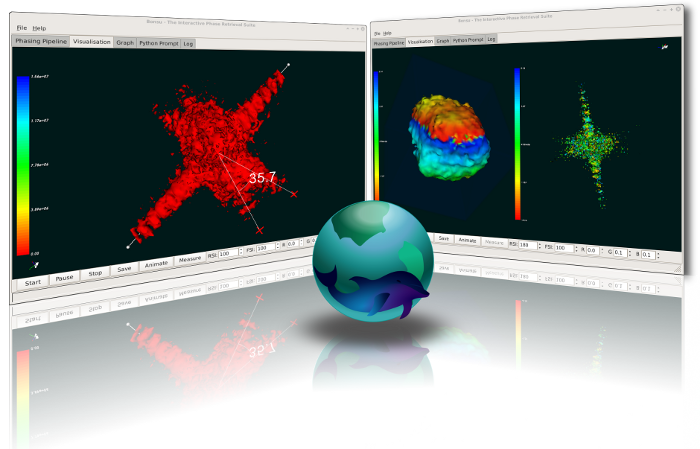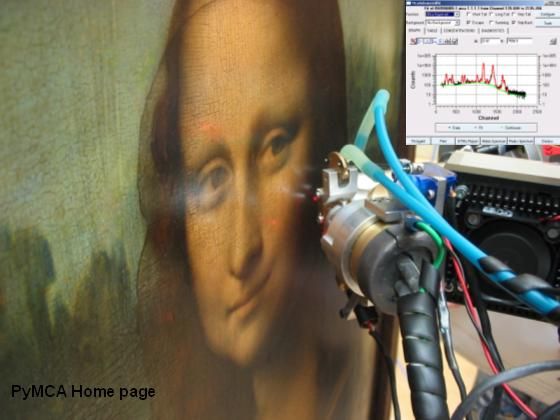Software

BONSU
Bonsu is an interactive phase retrieval suite, designed for phase retrieval with real-time visualisation in both two and three dimensions. It includes an inventory of algorithms and routines for data manipulation and reconstruction.

FIT2D
FIT2D is a general purpose 1 and 2 dimensional data analysis program. It is used for both interactive and "batch" data processing, and is used for different purposes. Calibration and correction of detector distortions is one of the main uses of FIT2D. Difficult data analysis problems may be tackled using fitting of user specified models. To enable model fitting to be performed on a wide variety of input data, many other more basic data analysis operations are also available. A wide variety of performant graphical display methods are available.

nanoMAD
NanoMAD stands for Multiwavelength Anomalous Diffraction for Nano-structures: it is a command-line tool to analyze x-ray diffraction data collected at several wavelengths around one element's absorption edge, and extract the partial structure factor for the resonant atom.

PyMca
X-ray Fluorescence Toolkit (visualization and analysis of energy-dispersive X-ray fluorescence data). . The program allows both interactive and batch processing of large data sets and is particularly well suited for X-ray imaging. Its implementation of a complete description of the M shell is particularly helpful for analysis of data collected at low energies. It features, among many other things, the fundamental parameters method
PyNX
Python toolkit for accelerated Nano-structures Crystallography and Coherent X-ray Imaging techniques. The software included in this package can be used for: 1. the computing of X-ray scattering using graphical processing units 2. X-ray wavefield propagation (from near to far field) 3. simulation and GPU-accelerated analysis of experiments using the ptychography and coherent diffraction imaging techniques See the full documentation at: http://ftp.esrf.fr/pub/scisoft/PyNX/doc/

silx
The silx project aims at providing a collection of Python packages to support the development of data assessment, reduction and analysis applications at synchrotron radiation facilities. The purpose is to deliver reading/writing of different file formats, data reduction routines and a set of Qt widgets to browse and visualize data.
X-SOCS
The X-ray Strain Orientation Calculation Software (X-SOCS) is a user-friendly program, which has been developed at ID01 for analysis of the spec-file and images recorded during continuous mapping measurements. X-SOCS aims at retrieving strain and tilt maps of nanostructures, films, surfaces or even embedded structures. It offers the opportunity to get preliminary results directly at the beamline giving the user the opportunity to adapt the planning of the experiments and the measurements with respect to this first set of results. This is of particular importance for the application of such fast scanning methods to in operando studies at high temperatures or in gas or liquid environments.
- ← Previous
- 1
- Next →

